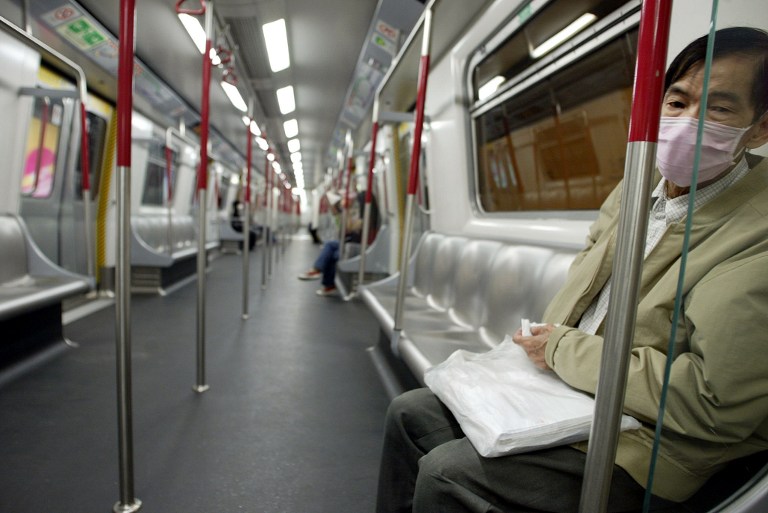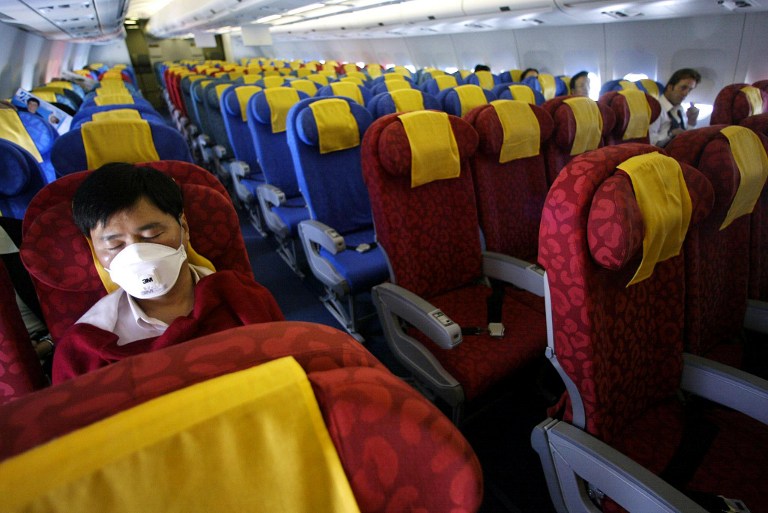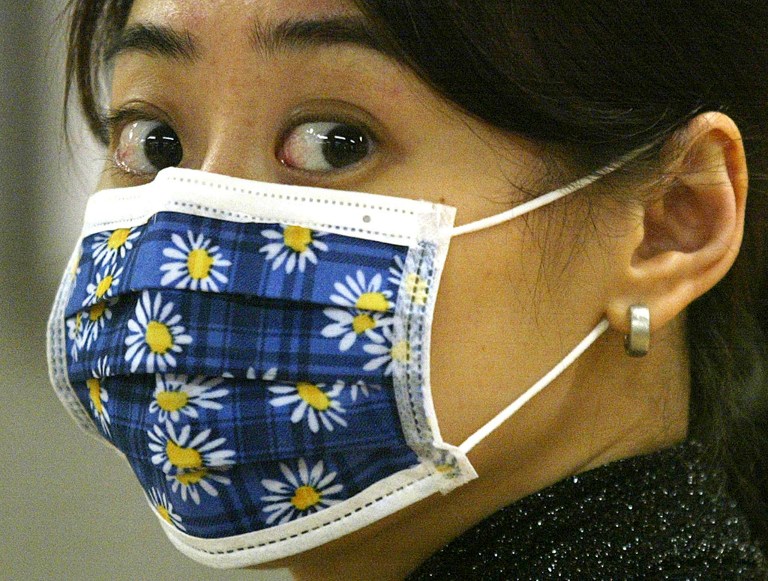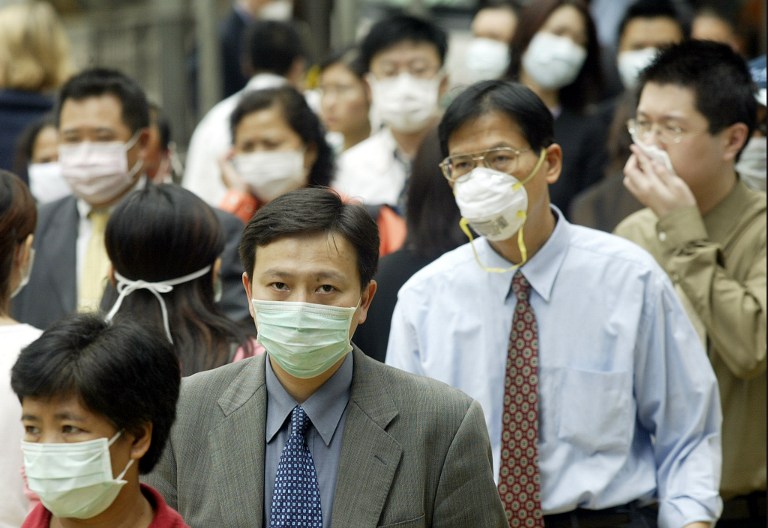On February 21, 2003, a mainland Chinese doctor checked into a room on the ninth floor of Kowloon’s Metropole Hotel. He had already developed symptoms of pneumonia, but did not seek treatment until the next day at a nearby hospital.
He passed away two weeks later.

Other residents on the ninth floor of the Metropole Hotel soon developed similar symptoms of what was later identified as the severe acute respiratory syndrome (SARS).

The outbreak in Hong Kong eventually infected 1,755 people.

The figure included some 360 hospital workers, who were initially unaware as to the cause of the disease and took relatively few precautions.

As the causes of the syndrome came to light, however, Hongkongers began wearing surgical masks and washing their hands frequently.

Many began avoiding public areas, leaving public transport and city streets deserted.

Primary and secondary schools were shut for a month beginning in late March.

Major epicentres of the outbreak included the Prince of Wales Hospital, where almost a hundred medical workers contracted SARS, and Block E of the Amoy Gardens housing estate in Kowloon Bay, which was quarantined.

On March 31, over 200 residents of the Amoy Gardens block were evacuated to holiday camps in Sai Kung and Lei Yue Mun.

In April, the number of new SARS cases slowed. On May 24, no new cases were reported for the first time.

299 people died in Hong Kong in the Spring of 2003, including eight healthcare workers, representing a fatality rate of 17 per cent.

The virus also claimed 349 lives in mainland China, and 775 worldwide.

SARS was traced to an outbreak in neighbouring Guangdong province in November 2002.

Criticism was levelled at the Chinese government for having initially covered up the outbreak.

The press had initially been discouraged from reporting about the mysterious virus, and the country initially reported dozens – instead of thousands – of cases to the World Health Organisation.

At the time, the SARS epidemic was considered the darkest period in Hong Kong’s history since its handover to China in 1997.

It coincided with the suicide of Cantopop singer Leslie Cheung, mismanagement of housing policies and continued economic difficulties following the Asian Financial Crisis, which led to a wave of public discontent.

Merely a week after the territory was removed from the World Health Organisation’s list of “infected areas”, 500,000 demonstrators marched against the proposed enactment of a controversial national security law on July 1, 2003. The proposal was soon retracted.

Tung Chee-hwa, chief executive at the time, stepped down a year later.
